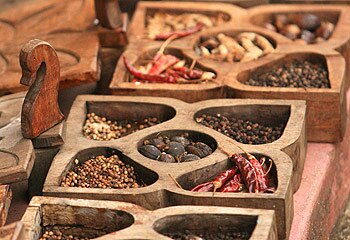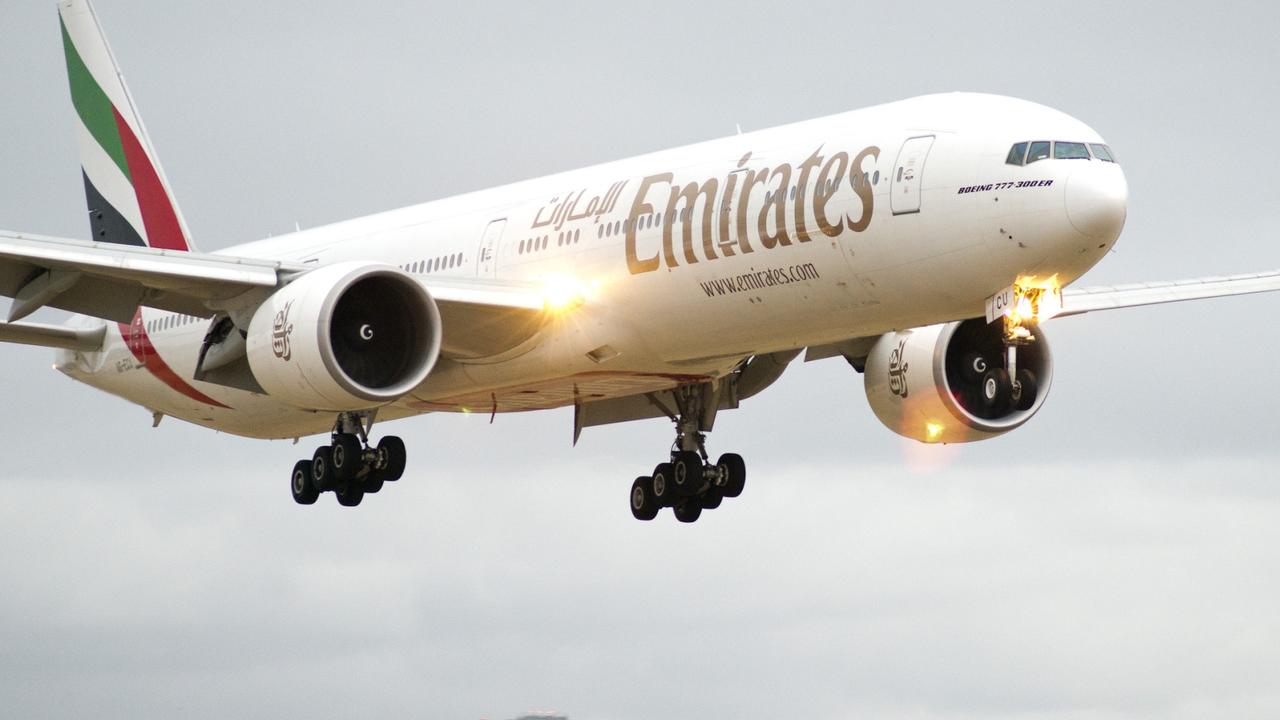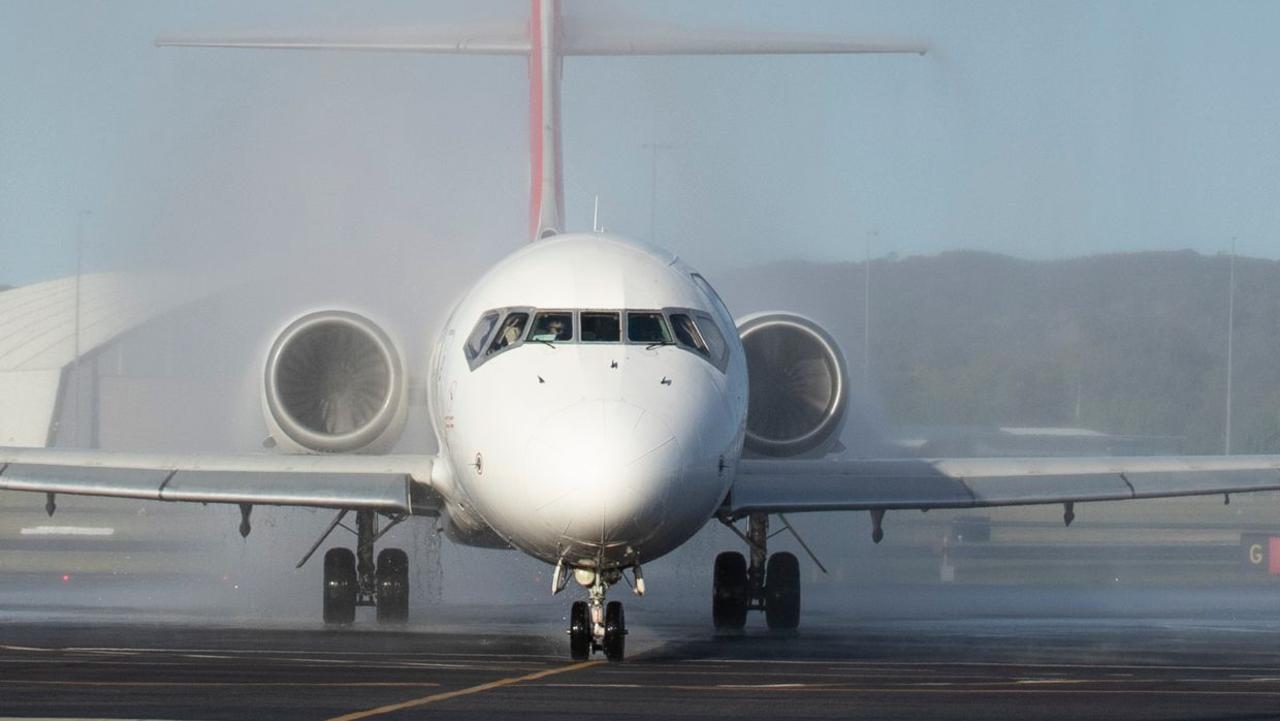Heaven sure tastes good in Kerala
KERALA and its surrounds are closer to paradise than most other parts of India offering visitors a real taste of India's rich cuisine and culture, writes Sam Wundke.

KERALA, at the southern tip of western India, is known by locals as "Heaven on Earth".
It has tropical beaches, rivers and picturesque backwater districts, while the urban areas are more compact and more inviting than in other parts of India.
The long, beautiful beaches of the Arabian Sea in the west give way to paddy fields and backwater districts in the centre.
The majestic Western Ghats rise in the east of the state, where numerous waterfalls, rivers and lakes are dotted throughout. They run along the western edge of the Deccan pateau.
Almost everywhere you go in Kerala, the scent of beautiful spices fills the air.
As you pass street stalls and markets, the spicy aroma lures the traveller to experience more of heaven on earth.
Having arrived at Trivandrum Airport, we were transported to the Taj Green Cove Resort at Kovolam, about 30 minutes away.
Kovolam is an interesting mix of Indian life coupled with Western-style resorts, but the town isn't what you would call touristy. It's still very much India, and a beautiful place to explore.
But Trivandrum, the capital of Kerala, is our main stop.
Trivandrum, a city of one million people, is rich in history and architecture. It has some of the best educational facilities in the nation, leading to a high literacy rate (about 90 per cent). It is a mixture of Hindus (65 per cent), Christians (18) and Muslims (15).
Weaving our way through the city streets, we pass hundreds of scooters, many with families of four riding on them.
We arrive at the ancient Padmanabhaswamy, a temple of great stature and intricate detail.
Hindu men and women file past us and smile as families prepare for a service.
As we wander away, there are boys selling plastic flutes and roadside stalls selling dried fruit, vegetables and souvenirs. A convoy of brightly decorated cars winds its way through the streets.
We make our way past other beautiful temples, churches and buildings, such as the Kerala Legislative Council, en route to the Napier Museum, a grand, 120-year-old structure and one of India's best-known landmarks.
The exterior is a rich earthy colour, but a bit gothic in appearance. It's not a big museum, but what it lacks in size it compensates for in beauty and charm.
It houses a big collection of traditional Indian artifacts of cultural importance.
They include bronze and stone carvings, traditional musical instruments and carvings of Hindu gods and religious figures.
Afterwards, we walk about 500m to a street-stall area where we taste authentic Indian chai (tea). It's sweet and delicious.
The rain arrives, so we head back to the resort for a Sadya lunch – a Kerala feast served on a banana leaf.
It consists of condiments such as banana chips, mango pickle and "inji puli'' (ginger pickle) and various delectable curries such as "erussery'', "koottuu'', "kaalan'' and "pachadi''.
The best part is you don't eat with a knife and fork or chopsticks – you eat with fingers.
On day two, we head towards the Western Ghats, the mountain region of Kerala.
The road is bumpy and there are many potholes as well as hundreds of scooters, motorcycles and bikes.
We pass distinctive red public buses, small hatchbacks – apparently the car of choice – as well as plenty of trucks.
The roads are lined with lush green plants and coconut trees, and small houses nestle in jungle surroundings.
As we go through the village of Kayan Kulam, we notice a parade and a group of boys playing a game called "uriadi'', where one of them attempts to hit an object hanging from above, while others throw water at him.
Further along, we stop at a field of rubber trees. A worker appears and shows how he collects the rubber from small cups attached to the trees. A worker will 'milk' 500 trees a day, starting at 6am.
The drive continues for several hours. Villages nestled within the rubber trees give way to flat land and the road falls away to paddy fields and their tireless workers.
Past the paddy fields is the expansive backwaters region. After a while, we begin to climb the Ghats, heading past waterfalls and through tea plantations until we reach our destination, Thekkady.
The air is cool, a pleasant contrast from the heat and humidity of the plains. We are welcomed at the Taj Garden Retreat by an Indian elephant. We check in our luggage and continue to the nearby Periyar Wildlife Sanctuary.
This is a protected reserve nestled high in the Ghats and incorporates a picturesque lake.
Animals in the region include elephants, deer, boar, sambar, wild dogs and tigers.
Birdlife is diverse, and deer and boar can be viewed on the shore. As we float slowly across the beautiful lake, we can see a herd of elephants high in the hills grazing.
You can't help think this is not the India you expect – idyllic, serene and peaceful – and the air is cool and clean.
The sun sets on a beautiful day in this Indian paradise, and we return to the Taj Retreat for a feast – an Indian barbecue of delicious marinated meats. The surprises keep coming.
The Sunday Telegraph



